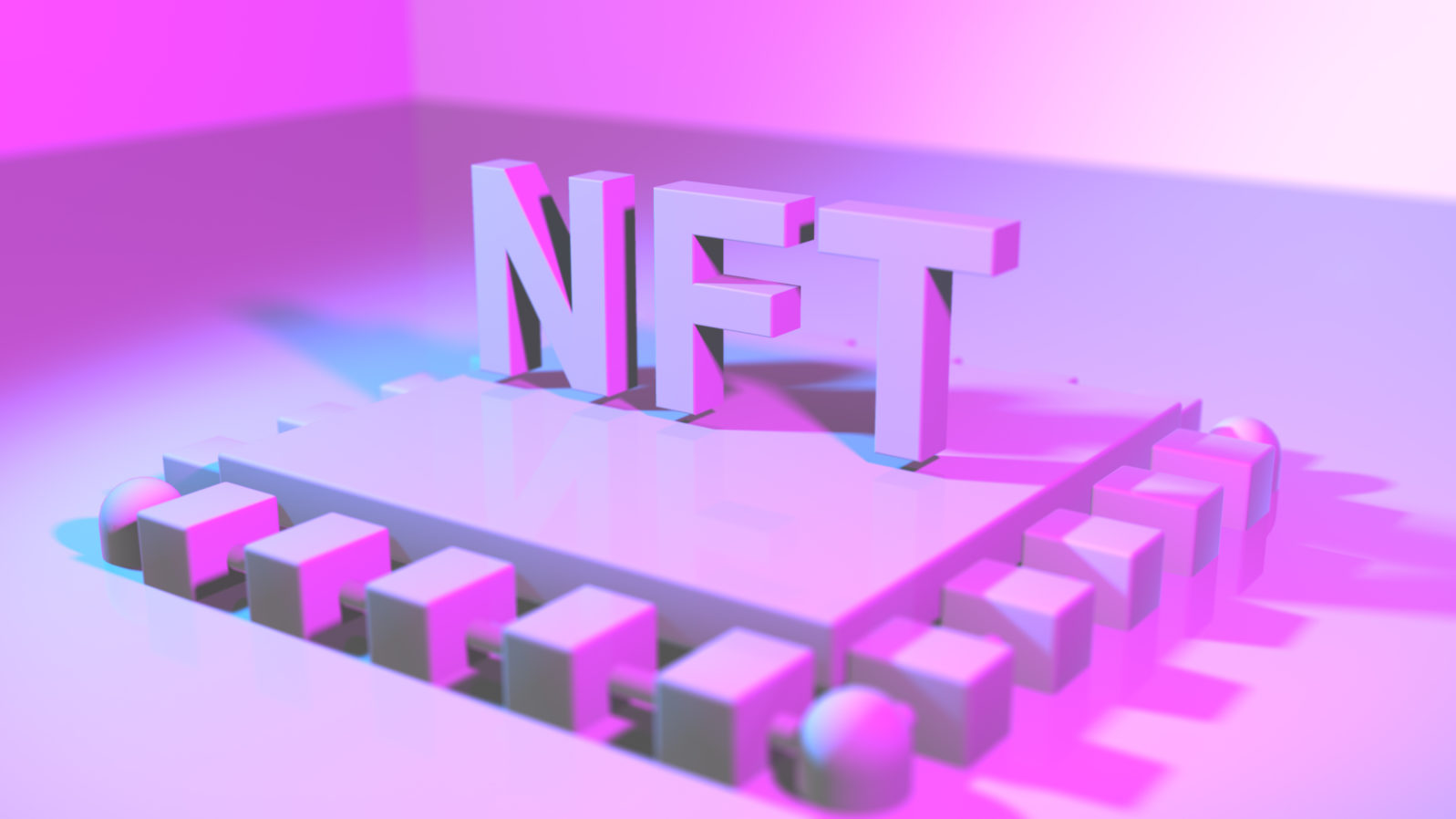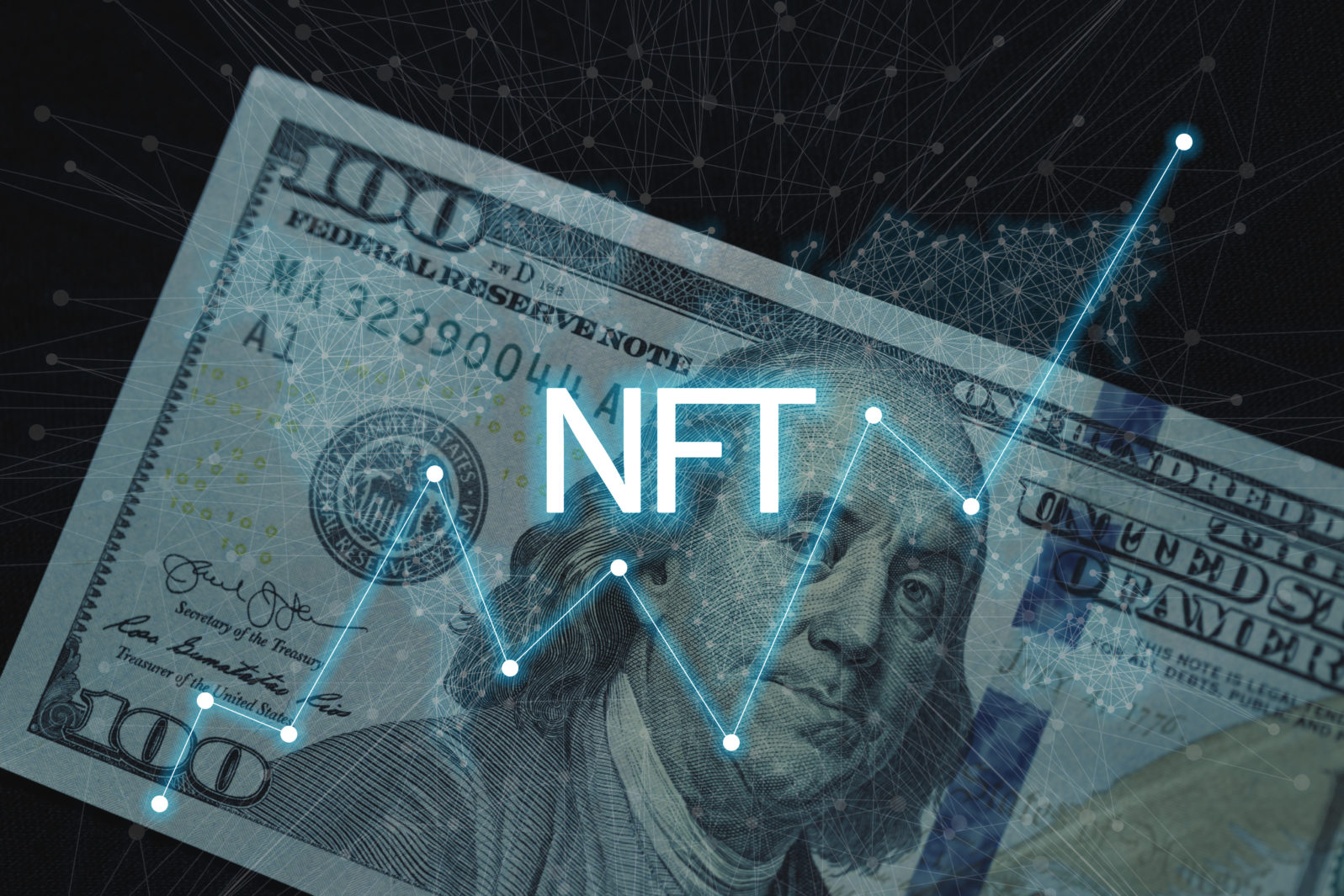How Can Non-Fungible Tokens (NFTs) Be Made To Work Better?
Bernard Fickser offers twelve steps to handling NFTs in a way that dispenses with cryptocurrency-based blockchains and works in ordinary online marketplaces like eBayIntroduction: At Expensivity, Bernard Fickser explains that a non-fungible token (NFT) is a unique token in cryptography that represents, say, real estate or art rather than money. Because the tokens have unique identities (non-fungible), they can be bought or sold while reducing the risk of fraud.
So how do they work?: The series is called How Non-Fungible Tokens Work: NFTs Explained, Debunked, and Legitimized (July 30, 2021). In Part 7, we look at 12 steps to make NFTs economically viable without Ethereum.
7 A Protocol for Handling NFTs on eBay
The best way to challenge an existing idea is to replace it with a better one. In this last section, I’m going to lay out a protocol for handling NFTs that dispenses with cryptocurrency-based blockchains and works in ordinary online marketplaces like eBay. As an added benefit, transfers of ownership of the underlying digital asset will have full legal force (none of this phony baloney “ownership” of the digital asset solely from the standpoint of the Ethereum blockchain but nowhere else).
STEP 1: Establish clear and true online identity.
In line with SuperRare’s guide to prospective digital artists, you need to have a clear and true identity that people can associate with the digital assets you create. Unlike cryptocurrencies and fungible tokens, where anonymity is a virtue, anonymity is a vice for creators of non-fungible tokens. For simplicity, let’s assume therefore that you have a blog where your identity is made manifest.
STEP 2: Create digital asset.
Next, create a digital asset. As a matter of intellectual property law, as its creator, you own it, and you can transfer ownership or license to it under whatever conditions you wish.
STEP 3: Assert ownership of digital asset.
Make clear that this is your digital asset. This can be done by posting it on a blog, and perhaps only by making it partially available (recall the first of the three approaches to digital scarcity in section 5). One powerful approach to partial availability is to post an “anticipatory hash,” i.e., use a cryptographic hash function such as SHA-256 and apply it to your digital asset (which is just a digital file). Post the hash. Because hash functions are one-way functions, no one is going to be able to figure out from the hash what the digital asset is. The moment the hash appears on your blog (or at whatever space on the web that you control) and is marked with a clear time and date stamp, your claim to the digital asset is in force because at whatever later date the digital asset is revealed, it will be clear that it was fully known to you at the point where the anticipatory hash was made public.

STEP 4: Get yourself a public/private cryptographic key.
Go with a public-key cryptosystem that you like (e.g., RSA) and get yourself a public and private key that are secure, along with a convenient way to implement these keys to encrypt and decrypt messages. The necessary cryptographic tools are readily available online, such as here.
STEP 5: Publicize the public key and tie it clearly to your identity.
The public key will serve as your address to which people can send NFTs and from which you can send NFTs. Post the public key clearly on your blog. And, as always, keep your private key private.
STEP 6: Offer your digital asset for sale on eBay.
Provide a description of the asset on eBay along with the terms of payment (fixed price, auction, best offer, etc.). Indicate that the buyer will need to provide a public cryptographic key as an address to which the digital asset will be made out (i.e., digitally signed using your private key) once payment is made.
STEP 7: Receive payment in dollars via eBay.
Clear.
STEP 8: Receive buyer’s public cryptographic key as address.
Clear.
STEP 9: Form an NFT consisting of the digital asset, a transfer of ownership document, and an assignment letter.
The digital asset is yours so you can do what you like with it. Write up a transfer of ownership document that agrees to transfer ownership of the digital asset to any current or future assignee of any NFT in which the asset is embedded and which originally was signed by the creator of the digital asset. The transfer of ownership document can be a pdf scan of an actual document with your actual (not digital) signature. Also, write an assignment letter that identifies the eBay buyer, through the buyer’s public cryptographic key, as the recipient of the digital asset. Collect together the digital asset, the transfer of ownership document, and the assignment letter into a zip file (or other single file) and sign the zip file using your private cryptographic key. That’s your NFT.
STEP 10: Buyer downloads NFT and assumes ownership of underlying digital asset.
This can be done from your blog or preferably from a link at eBay, which can then maintain a time-stamped record of such NFT transactions
STEP 11: Record sale of digital asset via this NFT at eBay.
The crucial thing here is simply to keep track of the seller’s public address and the buyer’s public address and that the NFT transferred the digital asset, with full real-world ownership rights from the one to the other.
STEP 12: Buyer becomes seller and in turn sells NFT.
This is straightforward, simply requiring that the former buyer now add an assignment letter to the previous NFT, digitally sign this augmented NFT, and thereby transfer ownership to a new buyer. All this can be done on eBay in a repetition of the previous steps. The NFT is now a negotiable instrument free of any cryptocurrency blockchain. Of course, eBay, if it implemented this protocol, might want to use a blockchain to ensure that time and date stamps on digital-asset transactions were accurate and free of fraud. But that would be a minimal use of blockchain. Moreover, payment would be at the discretion of buyer and seller, as it always should be, rather than being tied to a particular currency, crypto or otherwise.
Bottom line: NFTs are legitimate to the extent that they can be made to reside off self-serving cryptocurrency blockchains like Ethereum and can allow for real-world legal transfers of ownership of the underlying digital asset. The protocol above shows how this can be done.
Here are all the parts of the series, 1 through 7:
Part 1: Cryptography: Are non-fungible tokens a scam? Or can they work? By Warren Buffett’s logic, if cryptocurrencies are rat poison squared, non-fungible tokens are rat poison to an infinite power. But is that all there is to be said about them? Blockchain technology allows for digital collectibles to be scarce even if they are replicable, thus creating value, like Jack Dorsey’s famous initial tweet.
Part 2: Can digital signatures protect NFTs in digital marketplaces? The concept of owning an NFT on a blockchain is specific to the blockchain with no legal force in society at large. While NFTs are new, the debasement of value by proliferating copies whose marginal value is close to zero has a long and ignominious history.
Part 3: How to create non-fungible tokens (NFTs), simplified. While still deeply skeptical of what ownership of an NFT really means at present, Fickser decided to experiment with creating, buying, and selling NFTs. Bernard Fickser offers a step-by-step explanation, offering an original montage of the Democratic primary in Iowa in 2007 for sale as an illustration.
Part 4: NFTs: You bought one. But do you really own it? Could you ever? Right now, the non-fungible tokens markets leave a lot to be desired as a business proposition, Bernard Fickser explains why. The current NFT regime features no limit on proliferation, no guarantee of scarcity, and terms that disclaim any accountability on the part of the NFT market.
Part 5: In the digital world, what does “scarcity” mean? For a digital artwork like Beetle’s Everydays, which sold for over $69 million, a number of methods are used to prevent copying, thus ensuring uniqueness. Three methods used to ensure uniqueness include partial availability (for fair use), digital marking, and algorithmic immutability (like blockchain).
Part 6: What makes NFTs valuable? What does it mean to own one? In the case of non-fungible tokens (NFTs) on the Ethereum blockchain, actual ownership with legal standing is never in fact transferred for the underlying digital file. Bernard Fickser points out that the NFT literature is filled with equivocations about the meaning of the word “own” as it relates to NFTs.
Part 7: How can non-fungible tokens (NFTs) be made to work better? Bernard Fickser offers twelve steps to handling NFTs in a way that dispenses with cryptocurrency-based blockchains and works in ordinary online marketplaces like eBay. In Fickser’s view, NFTs can work if they avoid self-serving cryptocurrency blockchains like Ethereum and enable real-world legal transfers of ownership.
Also: Jonathan Bartlett’s response: Blockchains have NFTs unnecessarily tied down. New ideas propose severing the accidental relationship between NFTs and blockchains. For NFTs, the blockchain is actually reducing the value of the NFT, as it introduces additional dependencies and costs for maintaining NFTs.
